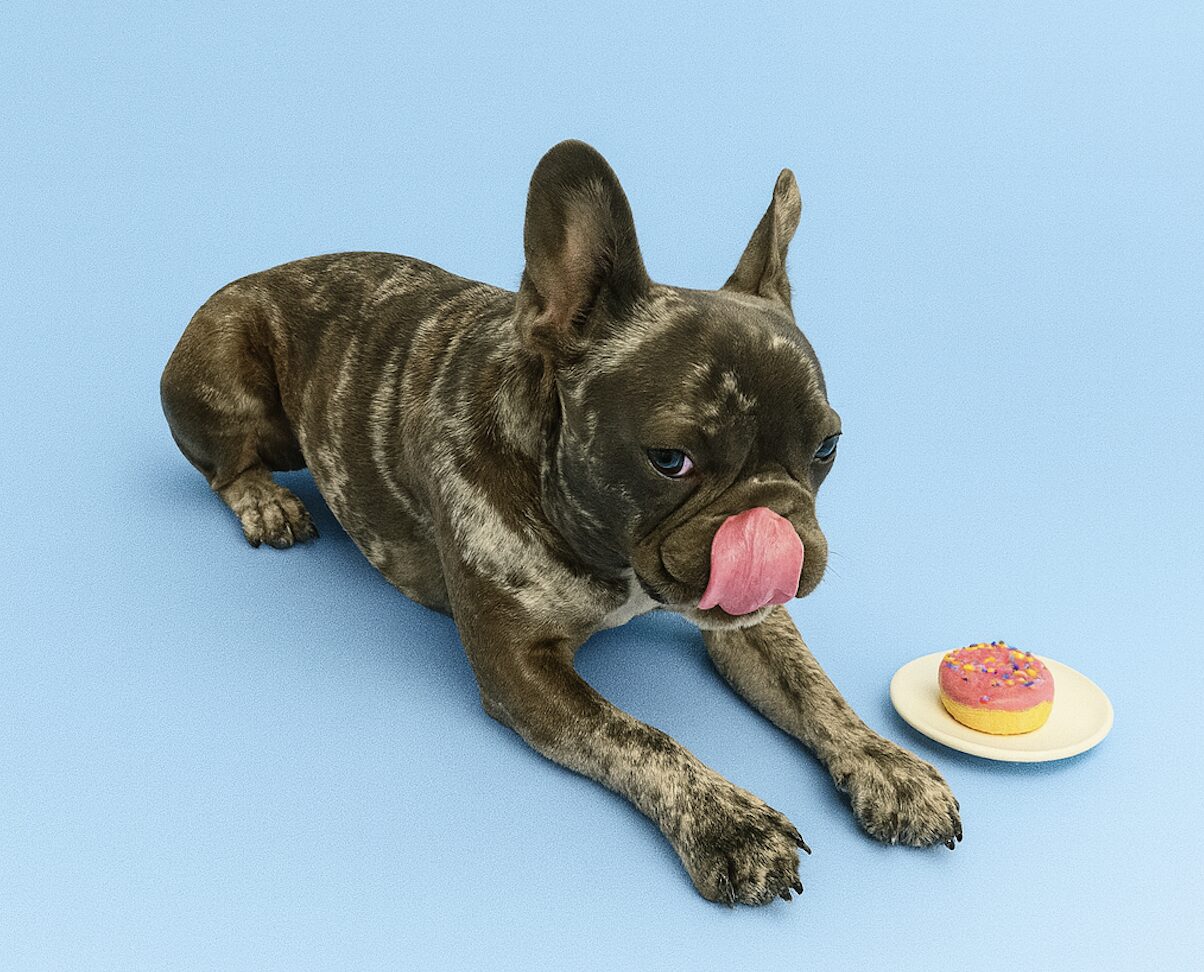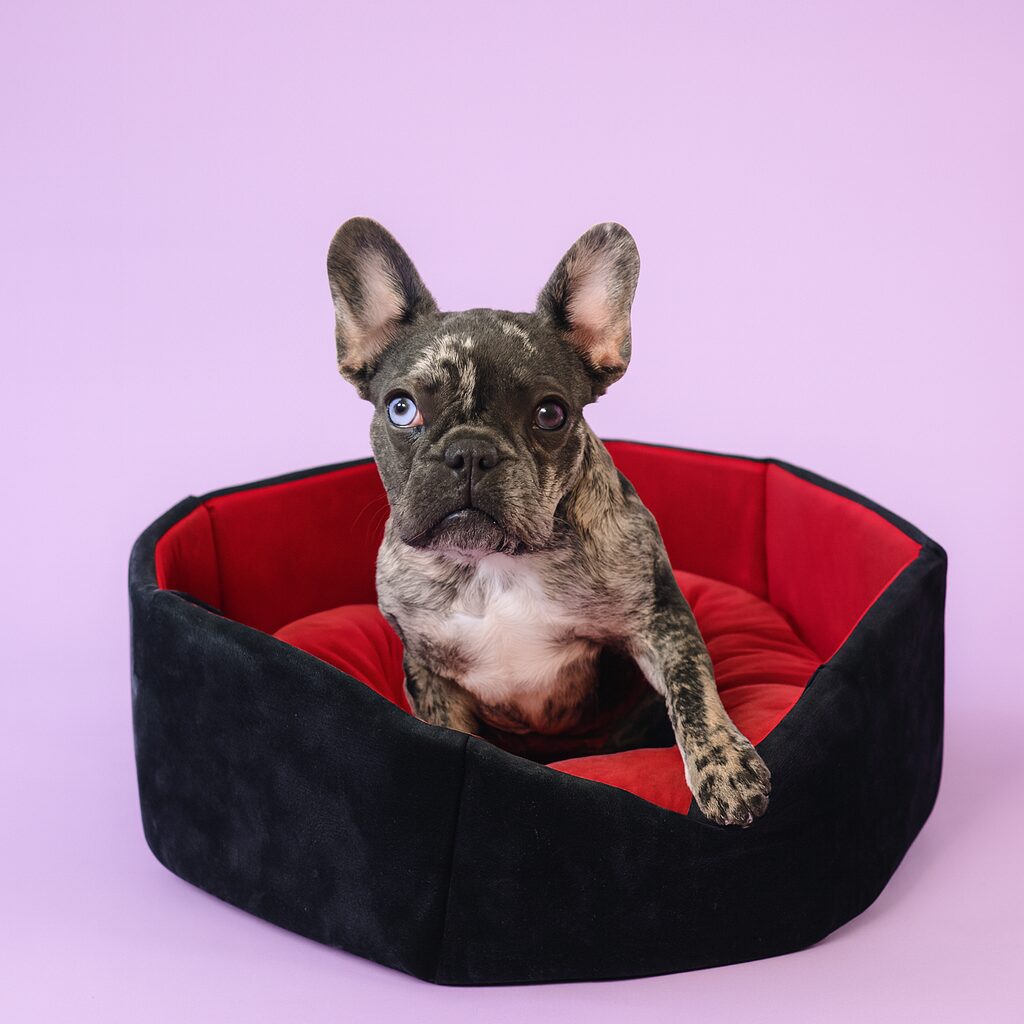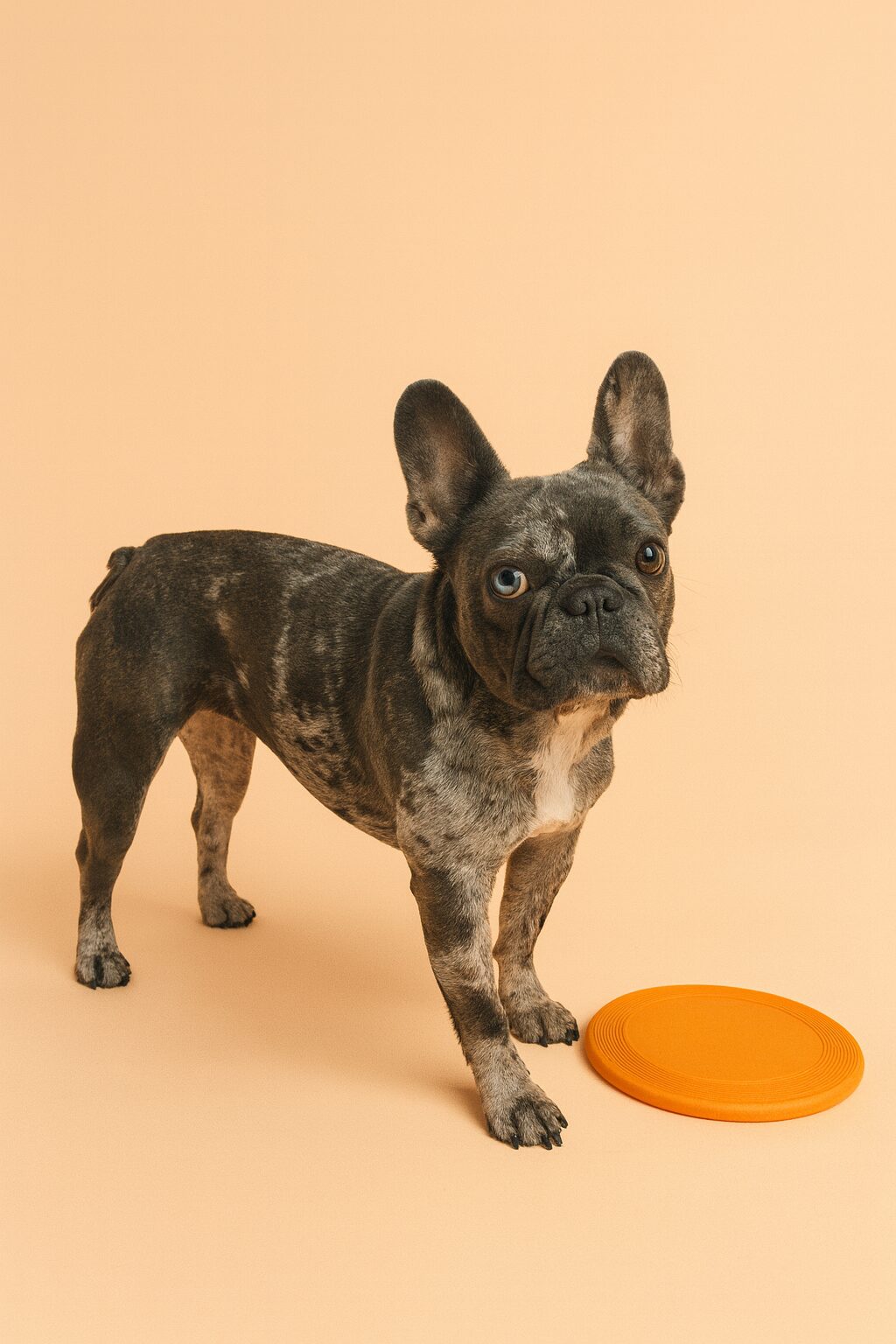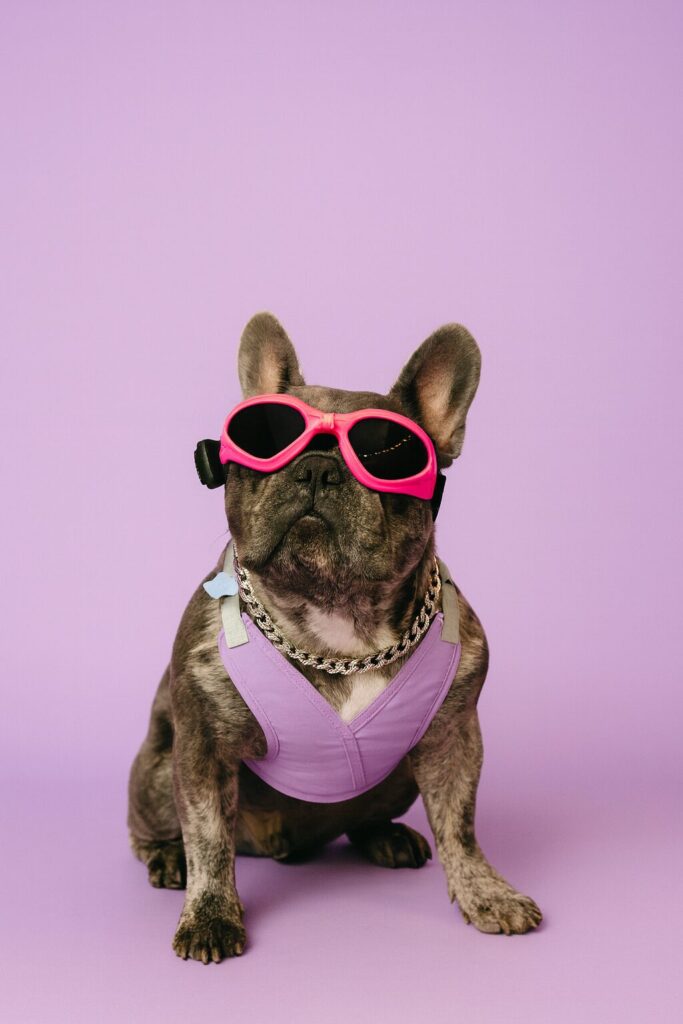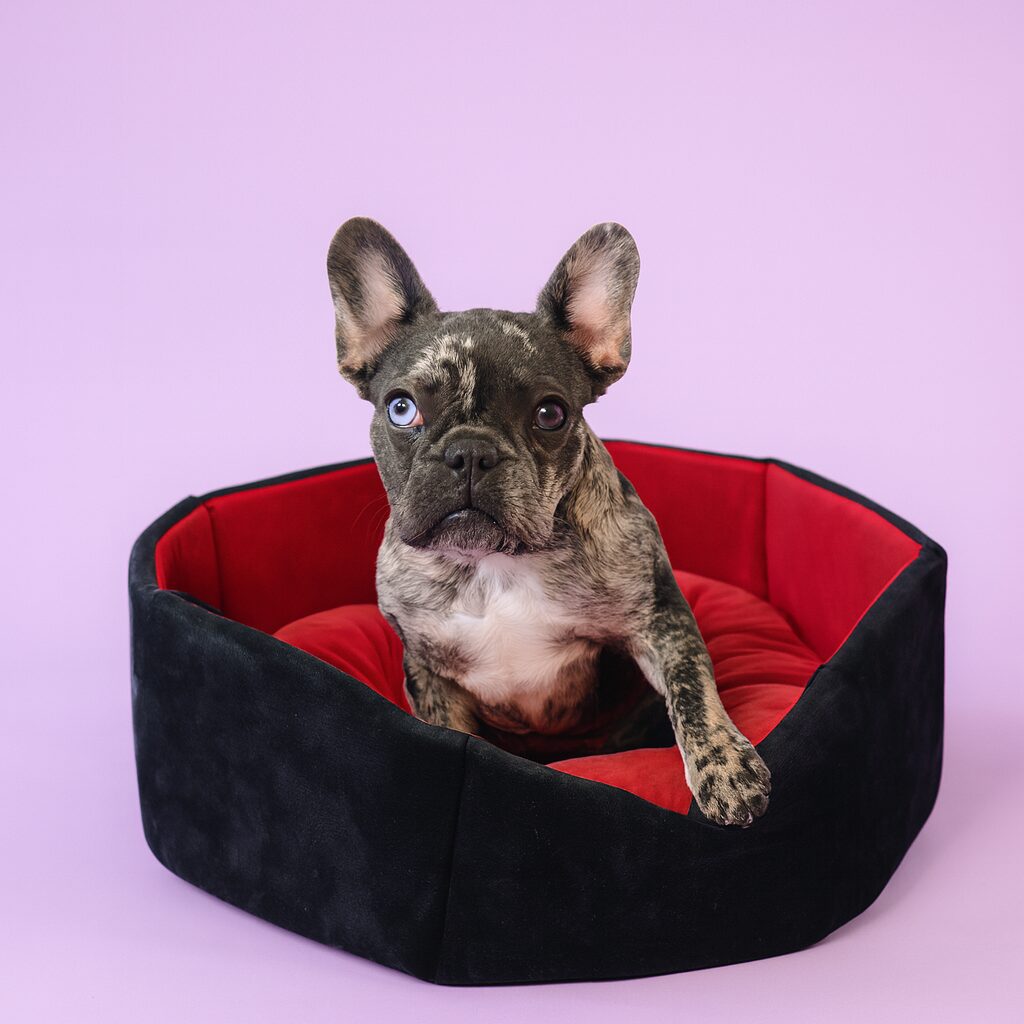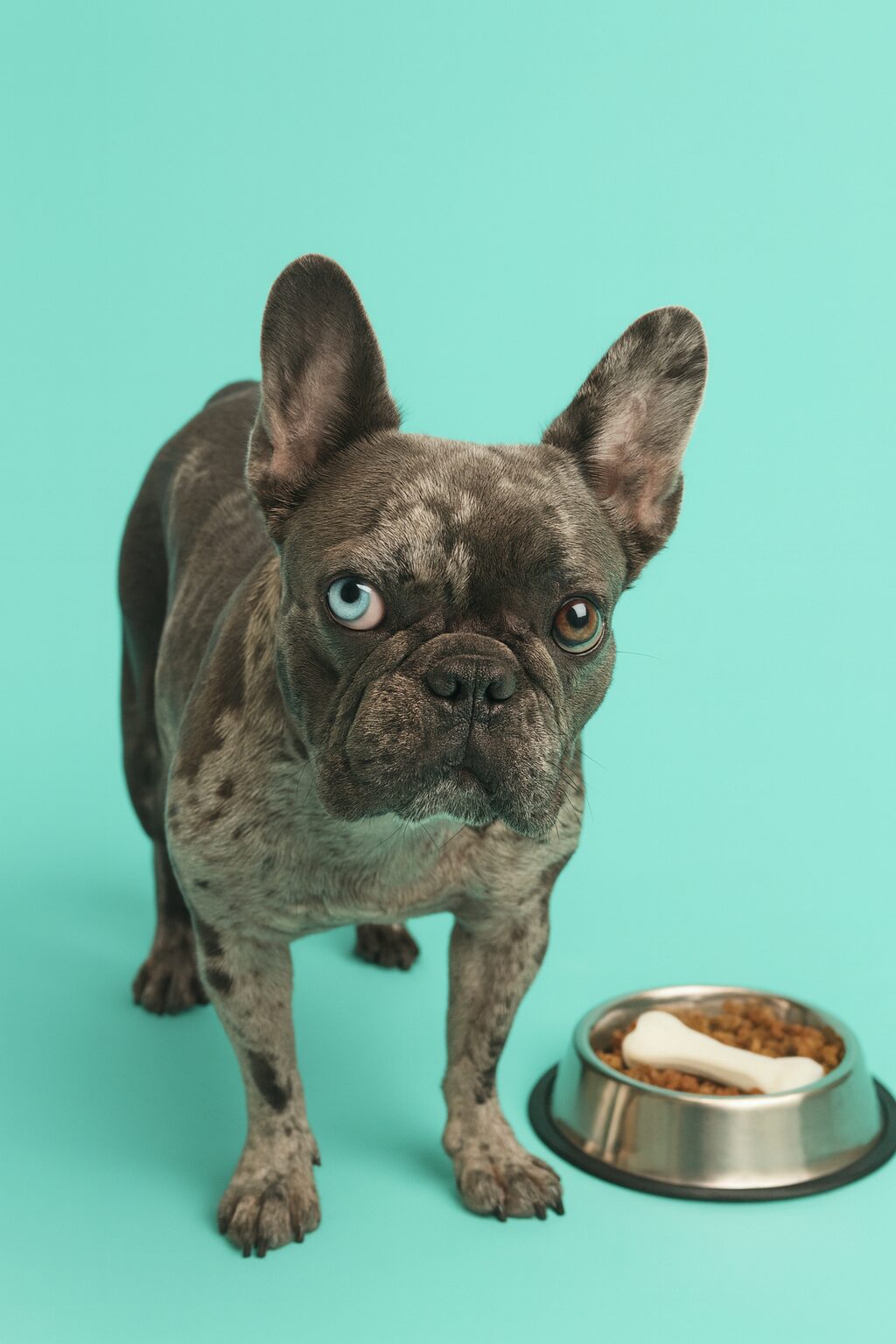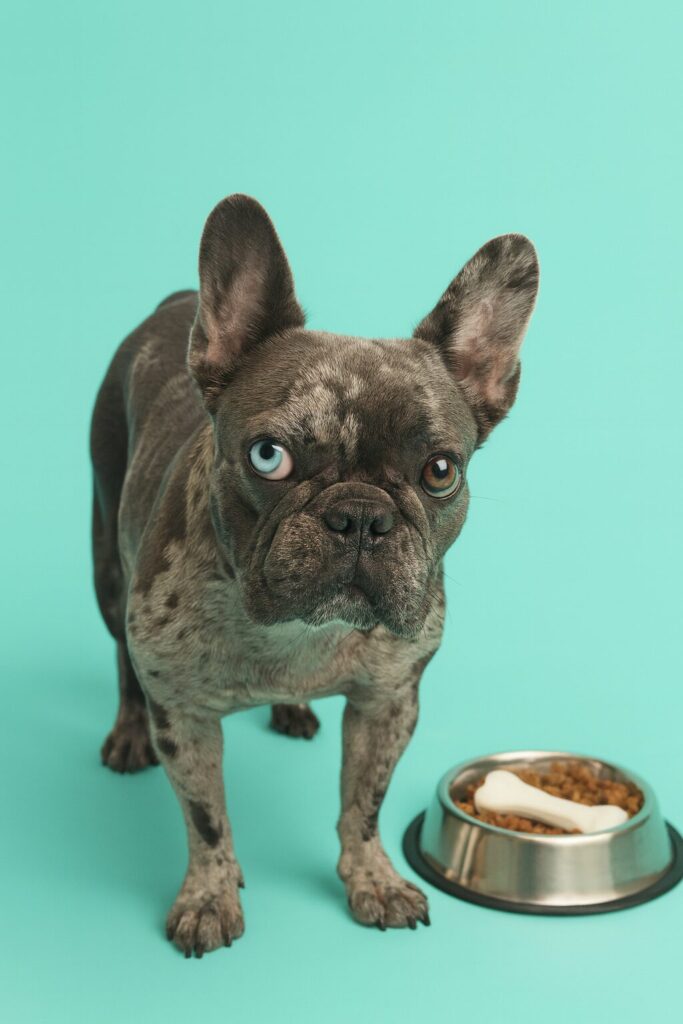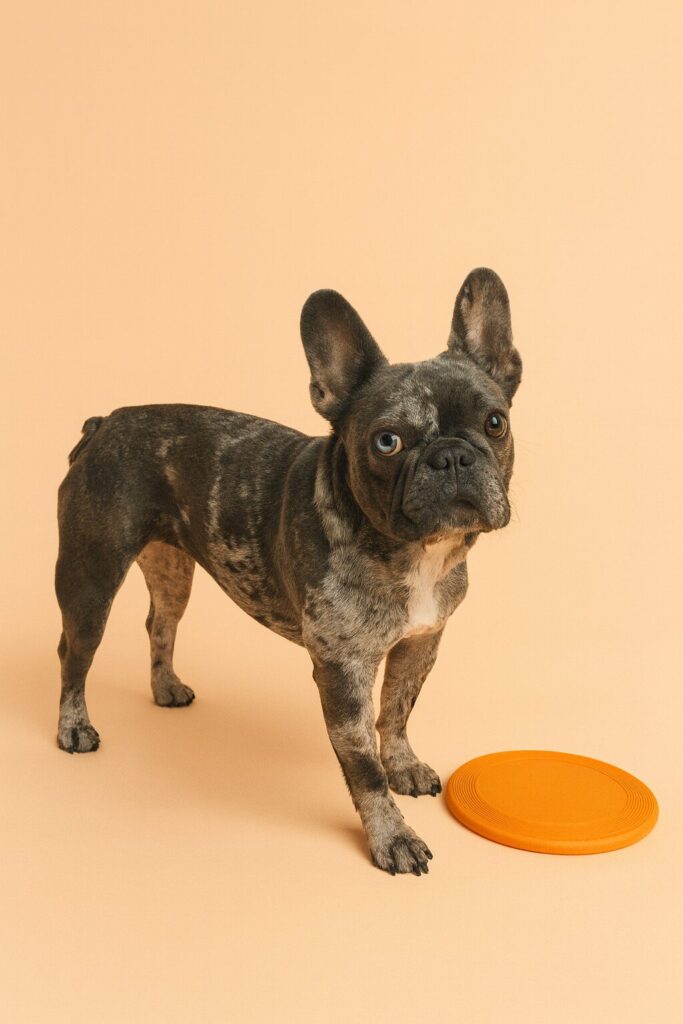A growl is your dog’s way of speaking to you. It may sound alarming, but it’s often a warning, a request for space, or a sign of discomfort — not necessarily aggression. Understanding the “why” behind the growl is key to keeping both your dog and others safe, while building your dog’s confidence.
🐕 Why Dogs Growl at Strangers
Dogs growl for several reasons, and identifying the root cause will guide your response:
- Fear or Anxiety: Loud voices, sudden movements, or unfamiliar faces can trigger nervousness.
- Protective Instincts: Guarding their home, family, or possessions.
- Past Negative Experiences: Dogs who have been mistreated or frightened by strangers before may expect the same outcome.
- Lack of Socialization: Puppies that weren’t introduced to a variety of people early on may be less adaptable later.
✅ Steps to Calm the Situation Safely
1. Stay Calm and Don’t Punish
Punishing a growl removes an important warning signal and can lead to a bite without notice. Instead, think of a growl as helpful feedback from your dog.
2. Increase Distance
Put more space between your dog and the stranger. Cross the street, step into a driveway, or politely ask the person to stop approaching.
3. Watch for Body Language
Pinned ears, a tucked tail, lip licking, and tense posture often appear before or alongside a growl. Spotting these signs early can help you intervene before your dog feels the need to escalate.
4. Build Positive Associations
Gradually expose your dog to strangers in controlled environments. Pair each encounter with high-value treats, praise, or play so your dog begins to connect strangers with good things.
5. Avoid Flooding
Don’t force interactions by overwhelming your dog with too many new people too quickly — this can make anxiety worse.
6. Bring in Professional Help
If growling happens often or is getting worse, a certified dog trainer or canine behaviorist can create a custom plan to help your dog feel safe and respond more calmly.
💡 Prevention Tips for the Future
- Socialization Practice: Even adult dogs can benefit from gradual, positive exposure to new people.
- Routine Training: Obedience skills like “watch me” or “place” can give your dog something positive to focus on when strangers are nearby.
- Safe Zones at Home: If visitors are coming over, create a quiet area with toys, water, and a comfy bed where your dog can relax away from the action.
❤️ Final Bark
Growling is communication — and your dog’s way of saying they need space or reassurance. By listening, creating positive experiences, and working patiently, you can help your dog feel more at ease around strangers while strengthening your bond.
🐾 Meet Maven: A Book Full of Snorts, Sass, and Heart
Maven the Maybe-Something-Else is a heartwarming and hilarious picture book that celebrates identity, imagination, and the weirdly wonderful ways our pets show us who they really are. Inspired by the true story of a little Frenchie with a big personality, this story helps kids learn to love themselves — quirks and all.
